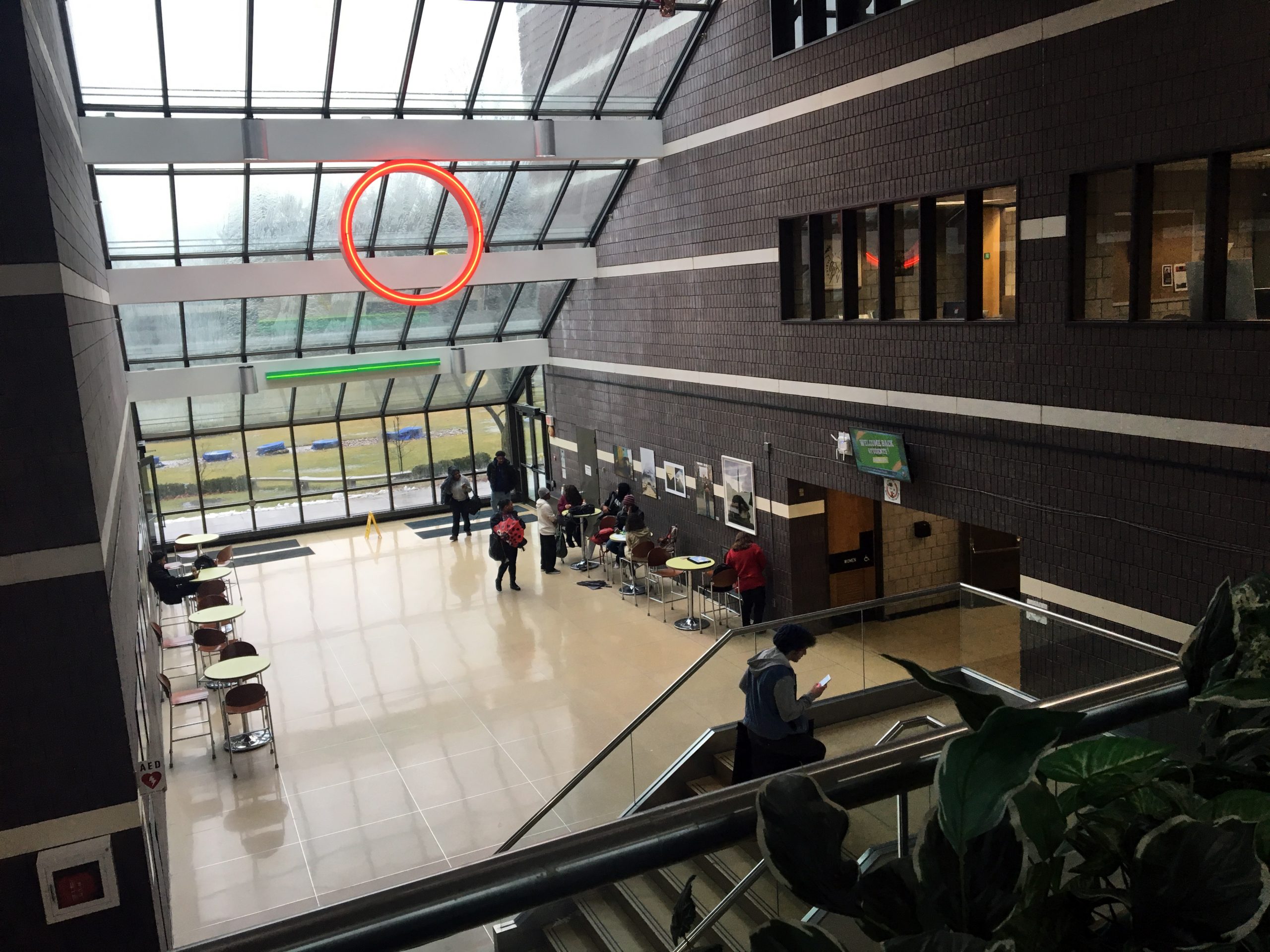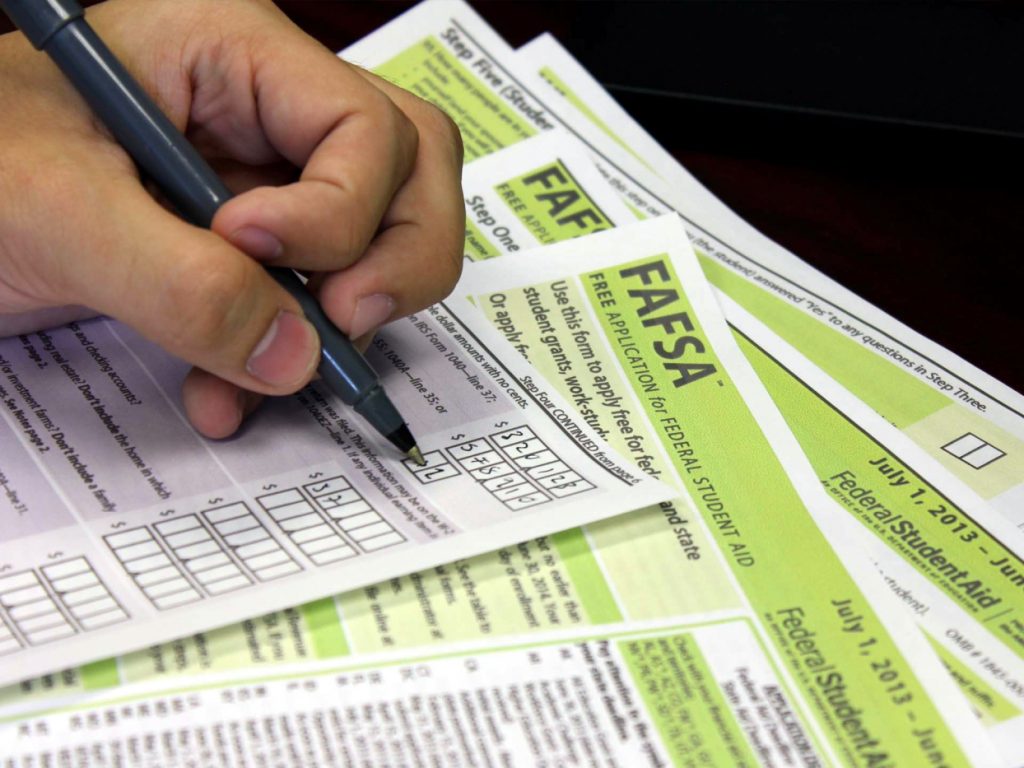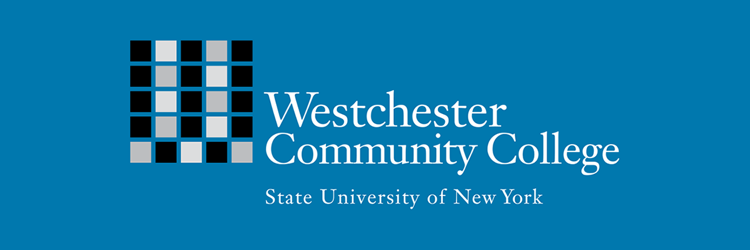By Tristan Brown-DeVirgilio
Campus News
Will things return to normal?
Enrollment in New York State has not been looking up the past decade.
Overall enrollment at both SUNY and CUNY has significantly dropped since 2012. Between fall 2012 and fall 2022, enrollment in SUNY schools, including both State Operated and Community Colleges, declined by 21 percent. CUNY enrollment fell by 16 percent in the same time frame.
This mirrors a problem on the national level, too. Between fall 2010 and fall 2021, overall college enrollment across the country dropped by 14 percent, 42 percent of which occurred during 2020 and 2021, as reported by the National Center for Education Statistics.
Community colleges in New York may have been hit especially hard. At least in SUNY, community college enrollment has steadily declined, whereas state operated schools have mostly remained stable, with exceptions.
In addition, the percentage of students earning associates degrees or baccalaureates switched between 2012 and 2022: in fall 2012, 42 percent of total enrollment was associates degrees earners, whereas 35 percent were baccalaureates. In fall 2022, baccalaureates earners made up 42 percent, and associates degrees accounted for only 29 percent.
The consequences of the enrollment drops are severe.
The College of Saint Rose, a private, liberal arts college founded in 1920, just voted to close the college for instruction after the spring 2024 semester. The school cited budgetary problems, including an 11.3 million cash deficit. One reason for the closedown was a prior, mistaken assumption that enrollment would increase after the drop in 2021. Needless to say, this did not play out.
“We are devastated that despite all our efforts we were unable to avoid closure,” Board of Trustees Chair Jeffrey D. Stone is reported to have said. “Our goal now is to ease the transition for our students, faculty, and staff.”
Major deficits are a problem across SUNY, as well. Several upstate colleges struggle with many millions of dollars short, including SUNY Fredonia, Potsdam, and Buffalo State universities, among others. Fredonia, for example, is facing a $10 million deficit.
In response, some schools have decided to cut programs or freeze hiring.
For example, SUNY Potsdam, the oldest school in the SUNY system, plans to cut as many as 14 programs, although it may decide to reduce that number to 10. The programs in consideration include chemistry, public health, dance, French, music performance, and philosophy.
While there is not one factor accounting for the enrollment drops, possible explanations include the increase in online class settings, more students turning to alternative ways of earning a living, and increased tuition costs.
Despite the decreases in enrollment, the numbers may be beginning to turn around.
In fact, the NCES projects that in the next decade, from 2021 to 2031, college enrollment will increase by 9 percent.
Some colleges are already beginning to rectify their enrollment problems.
Hudson Valley Community College, for example, part of the SUNY system and one of the largest community colleges in SUNY, in fall 2022 increased their enrollment by 8 percent from the previous fall. The college in part credits this to their increased offerings of online, remote, and hybrid classes as well as their high school program.
Rockland Community College is another school turning around its enrollment with a degree of success. As it stands, based on currently enrolled students for the fall 2024 semester, the college is up by 8 percent from fall 2022. The school, however, has not returned to numbers before the largest drops took place, in 2020 and 2021.
What are these schools doing to mitigate the problems at hand?
Rockland Community College (pictured) is a good example.
The College recently welcomed their eighth president, Dr. Lester Edgardo Sardres Rápalo, in July of 2023. Rápalo’s focus has been on increasing enrollment, and financial matters are in his wheelhouse. Prior to joining Rockland, Rápalo served as Provost and Vice President of Academic Affairs at Bronx Community College, part of the CUNY system. He was in charge of that school’s budget of roughly $140 million.
Of Rockland in the aftermath of COVID-19, Rápalo said, “We’ve learned that we have to be innovative. We can’t expect students to come to RCC; we have to find them and provide a support system.”
“We’re expanding our online portfolio to meet students’ needs,” he cited as an example.
Besides diversifying its online portfolio of course offerings, Rockland’s major strategies of dealing with enrollment involves reducing costs. Specifically, the college equalized the tuition for in-state, out-of-state, and international students, creating a more affordable option for more students. In addition, Rockland eliminated the application fee for all students.
Rockland also offers shortened semesters and late enrollment.
Said Rapalo, “Overall, the future looks very promising for Rockland Community College, and I look forward to a great year ahead.”
–Darren Johnson contributed to the reporting for this article.






Facebook Comments